What do you need for cycling indoors

Either it’s too cold outside, or maybe it’s too dark to go for a ride before or after work, maybe it’s raining or too windy, so you think - I’d love to stay indoors for my cycling ride.
Some cyclists are opting for indoor trainings even when the weather is fine, it’s just that you can have more control over your training, distance, time, resistance, climbs and combine it with watching some movies or educational videos, or use the modern technology to explore cycling tracks around the world without leaving your living room!

In fact, for a growing number of people, indoor cycling is an integral part of life. Even prior to the coronavirus pandemic and the resulting indoor-cycling boom, cyclists have been using the turbo trainer in a bid to add structured sessions to their training plans.
Over the last years indoor cycling has gone from a generally hated and underrated kind of sport to one of the fastest growing and developing sectors in cycling, and most of it is thanks to modern technology development in hardware and software.
So, firstly, what do you need for indoor cycling?
Well, a bit of stating the obvious, but you’ll need a turbo trainer and a bicycle.
If you want to dive deeper into the variety of turbo trainers, then there are the ‘’smart’’ ones and the ‘’not so smart’’ ones, or let’s call them the mechanical turbo trainers.
You will also need something that can transmit data to your device.
If you're using the mechanical turbo trainer, then a speed sensor will be required in order to connect to your app and transmit your speed.
This is then used to calculate your power, and while it's often the most affordable option, it's not the most accurate. A power meter will improve this accuracy, but the cost does start to rise quite sharply in this realm.
If you opt for a smart turbo trainer, you won't need a power meter or speed sensor, as they will transmit this data for you.
Smart turbo trainers

Smart turbo trainers have electronics built-in, as well as Bluetooth and ANT+ connectivity, meaning they can connect to your smartphone, tablet or computer. Your smart turbo trainer will monitor your power output and share this data with the app on your device. The app can then send commands in order to increase or decrease the resistance of your trainer, which in turn can replicate climbs, descents, or structured interval sessions.
It also enables 'ERG mode', whereby your trainer will continually adjust the resistance to ensure you ride at a given power output, no matter your cadence. After all, power = cadence x torque. You can then lose yourself in a Netflix series and all you need to think about is turning the pedals.
Smart turbo trainers usually come in two forms: 'wheel-on' and 'direct drive'.
Wheel-on trainers use a roller pressed against your tyre and are often cheaper, but they're also generally noisier and can often feel like you're pedalling through treacle. They can also chew through tyres, although many brands do manufacture turbo-trainer-specific tyres, which are made up of a denser rubber compound to combat this. Don't be tempted to use these on the road, by the way, as they grip like a wooden wheel.
Direct-drive trainers remove the rear wheel and your chain connects directly to a cassette mounted onto the flywheel. You need to ensure you have the correct cassette and freehub for your bike, but the resulting gains include quieter operation, no tyre-wear, and a considerably improved road-like ride feel.
Manual turbo trainers

Then there are the so-called ‘’not so smart’’ turbo trainers, or let’s just say they are more primitive and simple.
These trainers are devoid of electronics. They are wheel-on in operation, rather than direct-drive, and come with a choice of two forms of resistance: fluid or magnetic.
Fluid trainers offer a progressive resistance curve, meaning the harder you pedal, the greater the resistance.
Magnetic trainers have a remote shifter and a number of resistance steps that peak at anything from 500 to 1,000 watts, which will still far exceed riders' physical capabilities for longer efforts. For reference, a powerful pro cyclist will hold around 450 watts for an hour, while sprinters will peak at around 1,700 watts for a few seconds.
Half-smart turbo trainers

In between the two mentioned above are what are best described as half-smart trainers. These still have electronics built-in, and they still talk to your device in order to share real-time data, but they can't receive commands.
Therefore, the app cannot control the resistance of your trainer, so 'ERG mode' isn't available.
These will usually sit at the middle point in price.
Rollers

The alternative option is a set of rollers. These don't fix your bike in place, but instead, your bike simply balances on the rollers in the same way it stays upright on the road. This means they require more mental focus to ensure you don't simply ride off the side and you need a good amount of practice before you can put out big power on them. It's still harder to ride out of the saddle, so rollers are probably limited to longer endurance efforts, rather than maximum power sprints.
Where they come into their own is building core stability and leg speed. Given you're not bolted in place, you'll use more of your stabilisation muscles to keep yourself upright. Leg speed is useful for early-season training and is also great for sprinters.
To keep you motivated and entertained along the way

Modern technology has given us the chance not to stare at a brick wall while we aimlessly pedal fast but go nowhere. Neither are we forced to watch our heart rate or power data. Instead, with the advent of smart turbo trainers came the subsequent rise of applications such as:
TrainerRoad, for example, is an all-in-one training platform in which you can build your own training plan based on your goals, then follow structured sessions to help you get there.
Zwift, on the other hand, offers a comprehensive package for indoor cycling. There are virtual 'worlds', in-built workouts, and organised group rides and races, as well as challenges that enable you to unlock faster bikes and new kits. Plus, you can 'meet up' with your friends and ride together.
We have reviewed ‘’Rouvy’’ app in one of our previous blogs as well. You can read about it here.
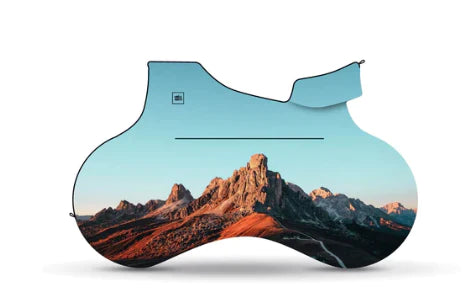
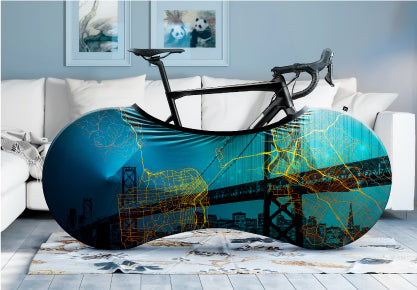
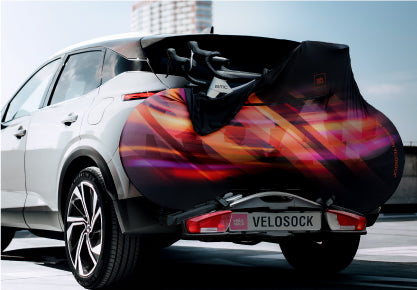
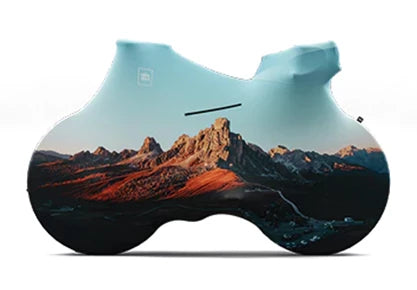


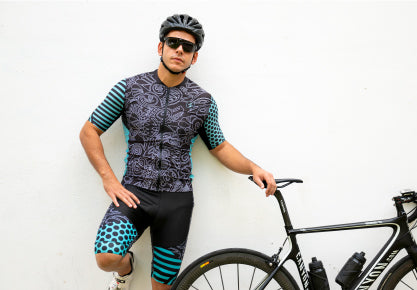


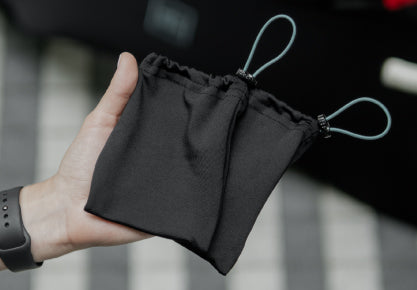
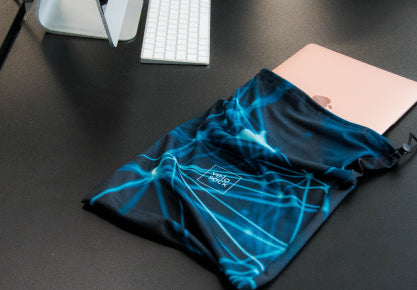

















Leave a comment